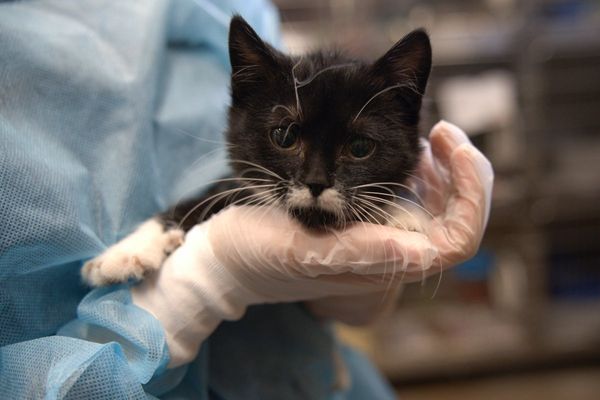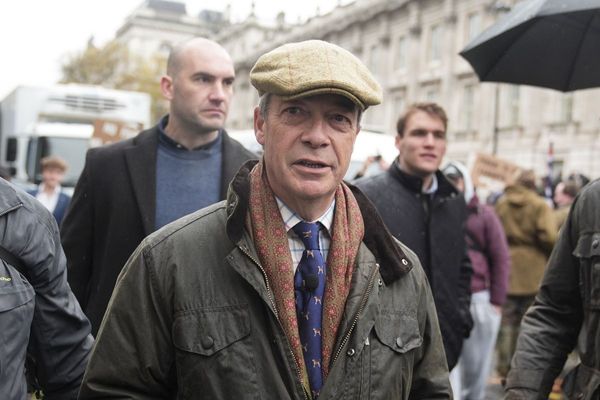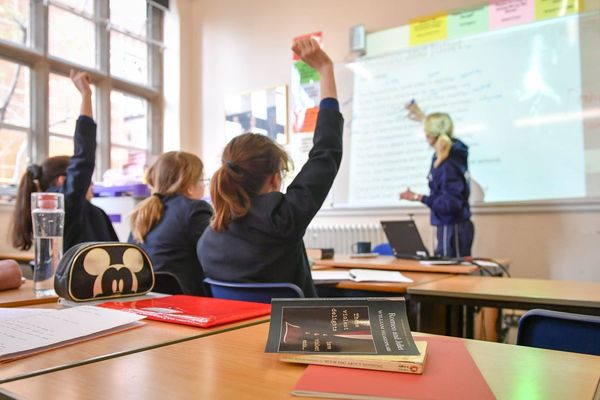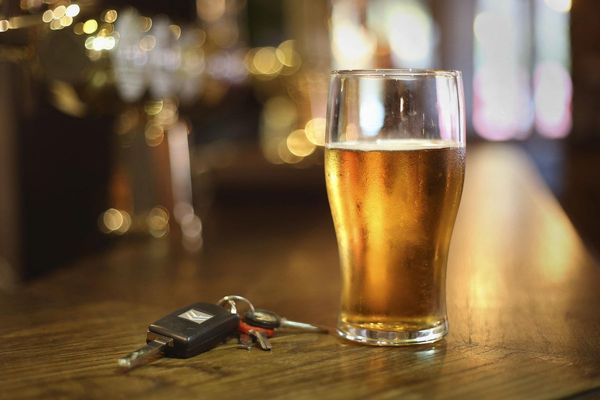
Editor’s note: Jason Murphy has reconsidered this article and while it remains below in its original state, he would love you to read his apology as well.
A curious phenomenon: a government campaigning on its economic record is also paying the dole to more people than any government in history.
And the people it is going to may surprise you.
The unemployment rate has fallen to 4%, the lowest in many, many years. Signs saying “Staff wanted” are in every shopfront on the high street. And yet Centrelink is busier than ever, paying out unemployment benefits to hundreds of thousands of people.
The next graph tells the story. When JobSeeker was invented in the early days of the pandemic, people flocked to sign up. At one point about 1.5 million were on the dole, nearly double the number on Newstart. And not all of them have left the system.

Why the big jump? The answer is not just that unemployment soared. After all, in the chart above, the red line rises far more than the blue line. The answer is much more interesting and it comes in three parts.
- JobSeeker’s eligibility was made much wider. “Mutual obligation” was chucked in the bin. You no longer had to bother looking for a job to receive the payments. The asset test was waived too, so people with more than $470,000 were eligible. Waiting periods were reduced to zero. You wanted the payment today, you got it today.
- The payment became far larger. A coronavirus supplement of $550 was added to the base rate of JobSeeker, effectively doubling it.
- Much more was done over the phone and the internet, with less need to haunt a Centrelink office.
If this was a “nudge” then it was the biggest one ever. Suddenly everyone was signing up for JobSeeker. Young and old, rich and poor. People who had never given Centrelink a thought suddenly realised that for $1000 a fortnight it was worth signing up.
Now those special rules are over, but capable people are still collecting their payments.
Consider Toorak, Melbourne’s wealthiest suburb. It had 114 people on JobSeeker in March 2020, but had 162 in February 2022.
This pattern holds across the country (with the exception of Western Australia). Wealthy suburbs have woken up to the charms of JobSeeker, as the next chart shows. The number of dole recipients is up about 20%. This is off a lower base, admittedly, but the absolute numbers are large in some cases.

There are 93 suburbs that make up the top 5% wealthiest in the nation. Just eight have fewer JobSeeker recipients today than they did in March 2020, with the few meagre falls found mostly in the northern suburbs of Perth. The remaining 85 wealthy suburbs have far more JobSeeker recipients. The biggest rises are in Rouse Hill and Baulkham Hills, in Sydney’s north-west.
At the other end of the distribution, of the 84 suburbs in the poorest 5%, 22 have fewer JobSeeker recipients than before and 62 have more.
No wonder Anthony Albanese has dumped Labor’s policy to increase JobSeeker — it’s clear there has been a shift towards middle- and upper-class welfare during the pandemic.
This is surprising. The kind of jobs wealthy people have are less likely to be affected by the pandemic and lockdowns. Financial markets are roaring, people are working from home — what possible need do the wealthy have for being on the dole?
You could reach for a number of explanations. Perhaps Centrelink is going a bit easier on people as the Coalition is suddenly afraid to dump their own voters off the dole?
Another explanation is that in these suburbs there were always some people who were eligible for JobSeeker but, with other sources of support, never had the impetus to bother learning how to wrangle Centrelink. In the pandemic, with little else to do, they signed up and will collect their payments henceforth. The idea being that the administrative hassle of dealing with Centrelink is not worth it for people who place a high value on their time.
Labor’s decision not to raise JobSeeker is not going to bother these people too badly. But let’s not forget that it hits much harder at the other end of the spectrum. As the next chart shows, JobSeeker recipients are much more likely to live in poorer parts of the country, not richer ones.

Strange times indeed.







